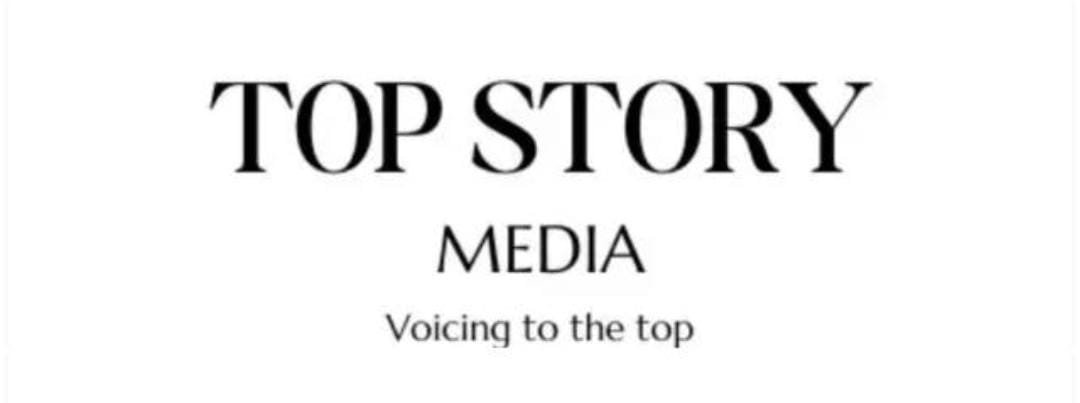Building a Burnout-Resilient Workforce: Strategies for a Healthier, Happier Workplace – News18

As workplaces evolve, our strategies to create sustainable and fulfilling professional lives must also adapt.
Preventing burnout requires ongoing, multifaceted efforts that tackle both individual and systemic factors
At its core, burnout is a state of chronic stress that leads to physical and emotional exhaustion, cynicism, and feelings of ineffectiveness. While it’s often linked to excessive workload, recent research shows burnout is more complex. Factors like misalignment with workplace values, lack of control, and perceived unfairness also play significant roles. This multifaceted nature means preventing burnout requires a holistic approach, not just better time management or wellness programs. Dr Chandni Tugnait, MD (A.M) Psychotherapist, Life Alchemist, Coach & Healer, Founder & Director, Gateway of Healing shares strategies to prevent burnout:
Cognitive flexibility: A key to resilience
Cognitive flexibility, the ability to adapt thinking and behaviour to new situations, is crucial for resilience against burnout. People with higher cognitive flexibility tend to handle stress better and are less likely to experience burnout. This has led to interventions like mindfulness practices and cognitive reappraisal techniques to boost cognitive flexibility. However, these strategies mustn’t shift all the responsibility for preventing burnout onto individuals, as organisational factors remain paramount.
Job crafting: Empowerment with caveats
Job crafting is a proactive strategy where employees reshape their roles and interactions to better match their strengths, values, and passions. This can be empowering and help prevent burnout. However, its success largely depends on the organisational culture and leadership support. Companies that encourage job crafting might see lower burnout rates, but balancing employee autonomy with organisational needs is essential.
Remote work: New frontiers in burnout prevention
The rise of remote and hybrid work models has brought new challenges in preventing burnout. While they offer flexibility, they can blur the lines between work and personal life, increasing burnout risk. Research highlights the importance of “digital boundary management”—creating clear separations between work and personal time in digital spaces. This can include using separate devices for work and personal use or setting specific times for checking emails. However, the success of these strategies varies among individuals and job roles.
Sleep quality: An underestimated factor
Sleep quality is a crucial yet often overlooked factor in preventing burnout. While getting enough sleep is important, recent studies emphasise the significance of sleep continuity and timing. Disruptions to circadian rhythms, which are common in global and shift-based work environments, can greatly increase the risk of burnout. This has led to exploring solutions like chronotype-based work scheduling and light therapy interventions. However, implementing these solutions on a large scale remains challenging.
High-stress professions: Unique challenges
Preventing burnout in high-stress professions like healthcare and emergency services is particularly challenging. Traditional resilience training often doesn’t work long-term in these settings. New approaches, like “micro-resilience” techniques, are being explored. These involve brief, frequent interventions integrated into daily routines to build stress resistance gradually without adding extra time burdens to already busy professionals.
The future of burnout prevention
As our understanding of burnout evolves, so too must our prevention strategies. Effective future prevention will likely combine changes in organisational culture, personalised interventions, and technology-assisted monitoring. However, it’s important to implement these solutions carefully to avoid adding new stressors or invading employee privacy.
Preventing burnout requires ongoing, multifaceted efforts that tackle both individual and systemic factors. As workplaces evolve, our strategies to create sustainable and fulfilling professional lives must also adapt.
Crafting High-Ranking Web with SEO Expertise.




